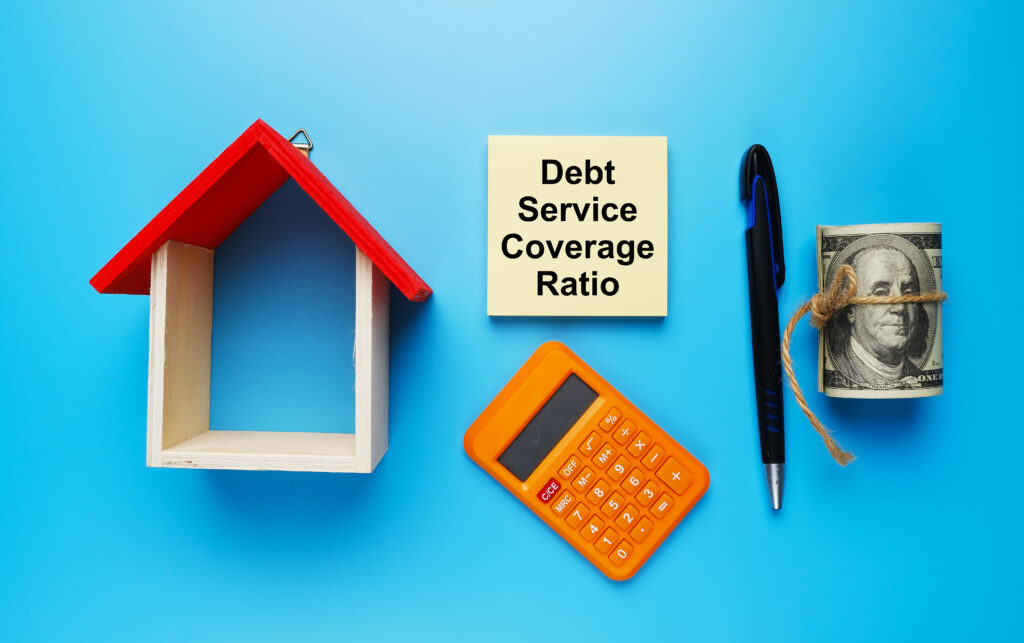
A residential Debt Coverage Ratio (DCR) mortgage, also known as a Debt Service Coverage Ratio mortgage, is a type of home loan primarily used for investment properties, such as rental properties. Unlike traditional mortgages, which primarily consider the borrower’s income and creditworthiness, a residential DCR mortgage primarily focuses on the property’s ability to generate rental income to cover the mortgage payments. Here’s a brief description of a residential DCR mortgage:
1. **Rental Property Financing:** Residential DCR mortgages are typically used to finance investment properties, including single-family homes, multi-unit buildings, or residential complexes intended for rental income.
2. **Debt Coverage Ratio (DCR):** The key feature of a DCR mortgage is the calculation of the Debt Coverage Ratio, which is the property’s net operating income (rental income minus operating expenses) divided by the monthly mortgage payment. Lenders require a minimum DCR to ensure that the property generates sufficient income to cover the loan payments.
3. **Property Assessment:** Lenders evaluate the property’s rental income potential and operating expenses as part of the mortgage approval process. They may consider factors such as market rent, vacancy rates, property management costs, property taxes, insurance, and maintenance expenses.
4. **Loan Terms:** Residential DCR mortgages may have terms that differ from traditional home loans. Interest rates and loan durations can vary based on the lender’s policies and the borrower’s qualifications.
5. **Higher Down Payment:** Lenders often require a larger down payment for DCR mortgages compared to owner-occupied mortgages. Borrowers typically need to invest a significant amount of their own funds into the property.
6. **Credit and Income Considerations:** While the primary focus is on the property’s income potential, borrowers’ creditworthiness and income may still be evaluated to ensure they meet the lender’s overall criteria.
7. **Risk Mitigation:** Lenders use the DCR to assess the risk associated with the investment property. A higher DCR indicates lower risk, as it suggests the property generates enough income to comfortably cover the mortgage payments.
8. **Cash Flow:** The primary goal for investors using DCR mortgages is to achieve positive cash flow. Positive cash flow occurs when the property’s rental income exceeds all operating expenses and mortgage payments, providing the investor with additional income.
9. **Property Management:** Investors often need a plan for property management, as lenders may want assurance that the property will be well-maintained and managed to maximize rental income.
10. **Potential for Appreciation:** Investors also consider the potential for property appreciation over time, which can increase the property’s overall value and financial returns.
Residential DCR mortgages are a financing option for real estate investors looking to leverage rental income to purchase and operate investment properties. Investors should conduct thorough financial analysis and due diligence to ensure that the property’s income potential aligns with their investment goals and that they meet the lender’s DCR requirements.